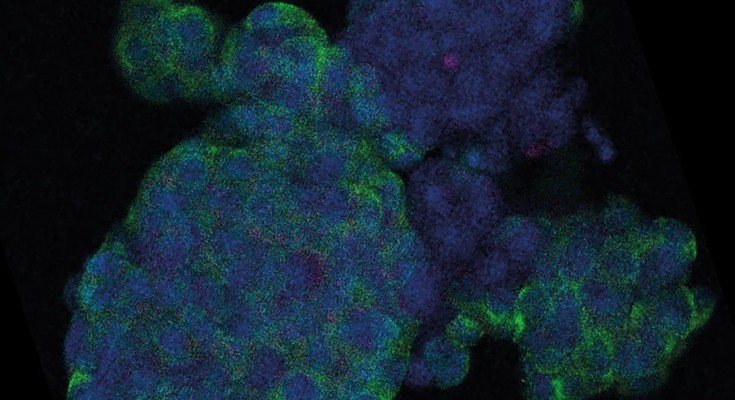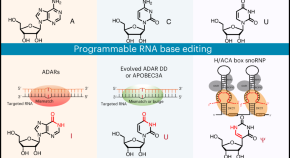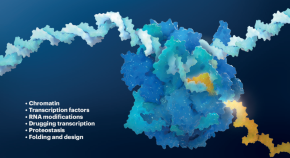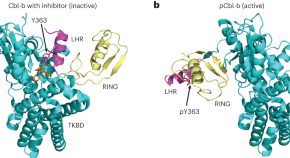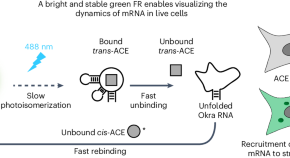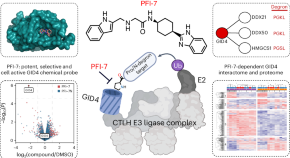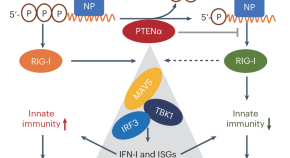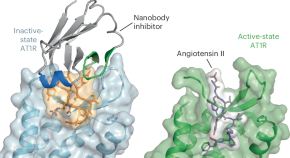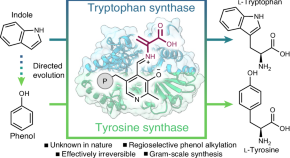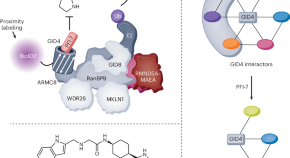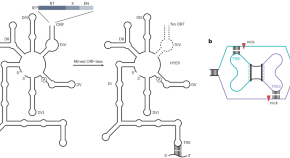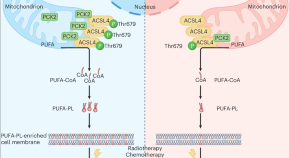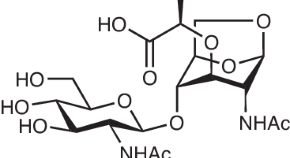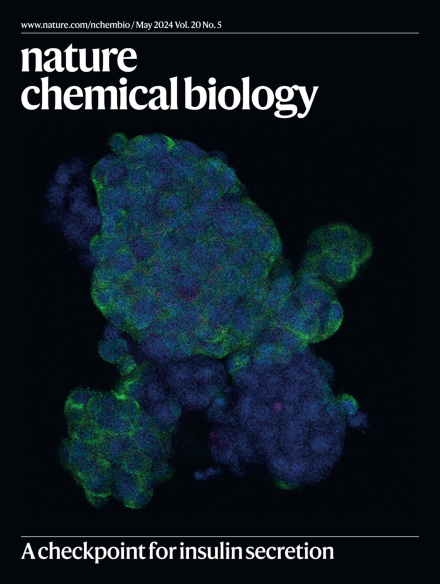
Announcements
Advertisement
-
-

PROTAC-ing tuberculosis
Targeted protein degradation has emerged as a promising approach in drug discovery, harnessing a cell’s intrinsic machinery to eliminate disease-related proteins. Now, a study paves the way to translating this technology into potential anti-mycobacterial therapies, by exploiting the bacterial protein-degradation complex.
-
-
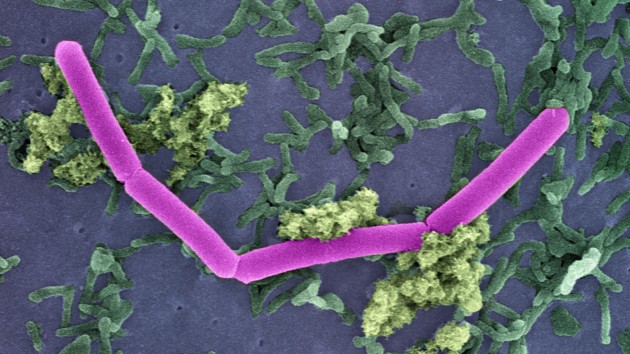
Chemical Biology of Microbiomes
Interspecies communication in complex microbiome environments occurs through the small molecules, peptides, and proteins produced by both the host and the microbial residents, as highlighted in this collection of recent articles from Nature Portfolio.

